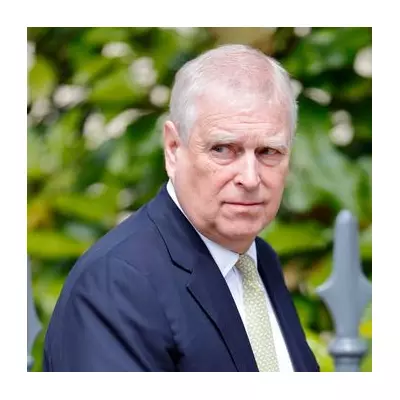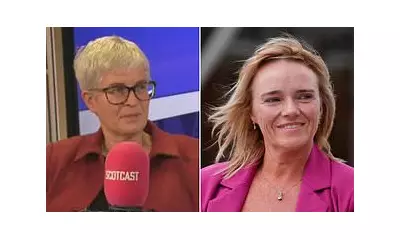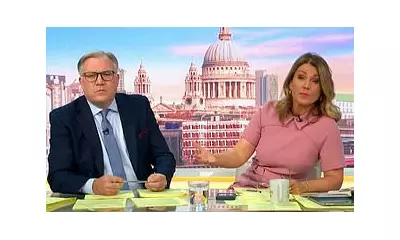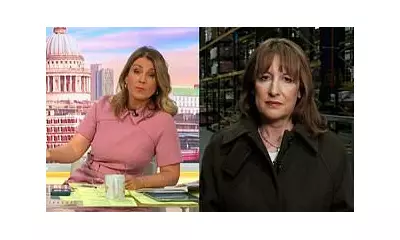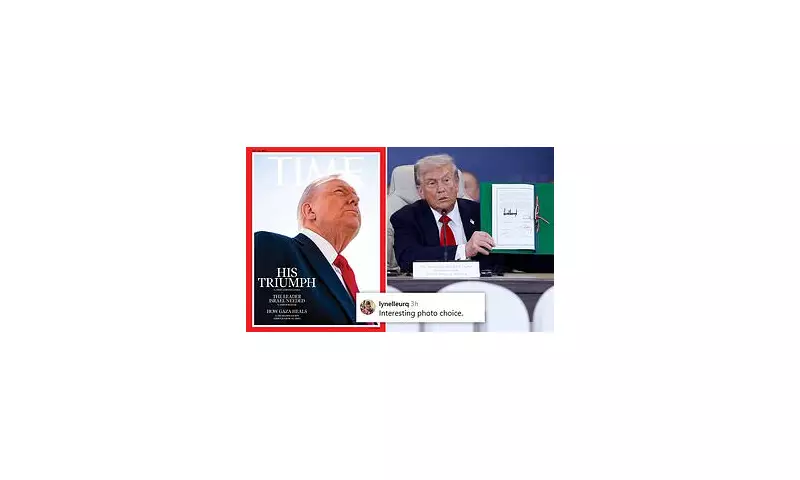
The latest edition of TIME Magazine featuring Donald Trump has sent shockwaves through social media, with the controversial cover becoming an instant lightning rod for political debate.
Users across platforms including X (formerly Twitter), Facebook, and Instagram erupted with strong reactions to the magazine's visual portrayal of the former president. The cover artwork, which depicts Trump in a distinctive style, has been interpreted in dramatically different ways by supporters and critics alike.
Divided Reactions Across Digital Platforms
Social media feeds were flooded with commentary as the magazine hit digital and physical newsstands. Many critics of the former president expressed outrage at the cover's imagery, with some describing it as having "fascist" undertones. One viral post condemned the publication for what they perceived as normalising controversial political figures.
Meanwhile, Trump supporters celebrated the cover as a testament to his enduring influence in American politics. Several prominent conservative voices shared the image with captions praising TIME for recognising Trump's significance in the current political landscape.
Historical Context of TIME's Political Covers
This isn't the first time TIME Magazine has courted controversy with its political covers. The publication has a long history of using striking imagery to capture political moments, though few have generated such immediate and polarised reactions in the social media era.
The timing of this release is particularly significant, coming during a period of intense political campaigning and heightened media scrutiny of all major political figures.
The Power of Visual Political Commentary
Political analysts note that magazine covers have evolved from mere newsstand attractions to powerful visual statements that can shape public discourse. In today's digitally-driven world, such imagery can go viral within hours, reaching audiences far beyond the magazine's traditional readership.
The intense reaction to Trump's TIME cover demonstrates how visual media continues to play a crucial role in political communication and public perception.


